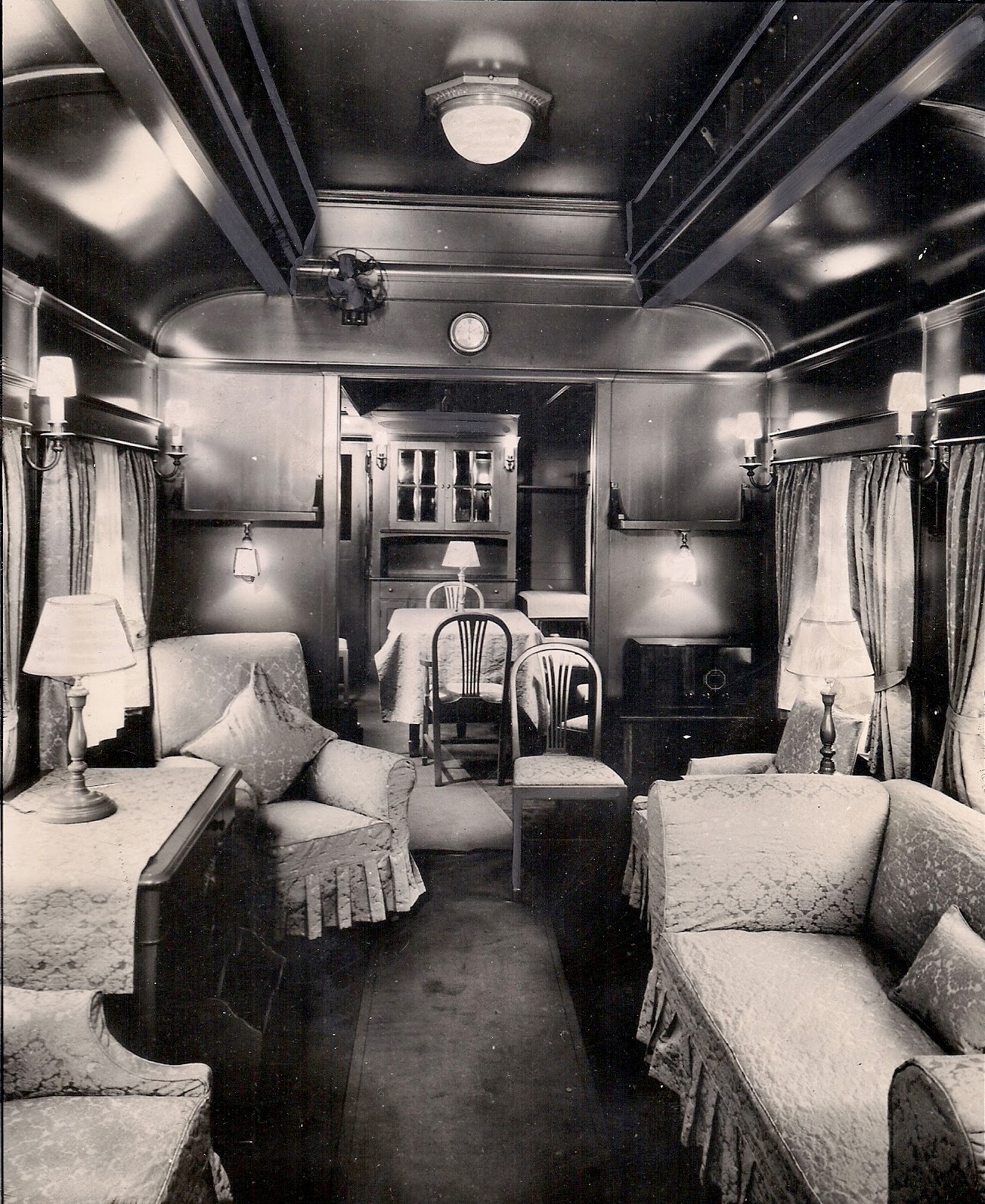Next weekend on the day after the Maryland Hunt Cup, the Maryland Junior Hunt Cup will be run in the same Worthington Valley as the big race, but over a course at Shawan Downs a bit further down the valley and closer to the Harrisburg Expressway.
Here in Maryland, junior racing has a very long history, beginning with the Grand National which eventually became a major race for adult riders. After the change in the Grand National, junior racing returned in 1920 with the Junior Point-to-Point for riders under 16 and was run on a course of over 2 miles.
In 1921, the Junior Point-to-Point was run over a 2 1/2 mile course at Marberne Manor Farm, estate of Mr. & Mrs. G. Bernard Fenwick in Worthington Valley with all the riders in the race between 15 and 16 years old, eventually opening to ages 18 and under by 1923. The Junior Point-to-Point continued until 1924 when it ceased to be run for a number of years.
1936 Junior Cross Country Steeplechase
The winner, Decanter on the extreme left, Billy Pfefferkorn up, Center horse Walter K ridden by Cosgreve Jackson and Baby Bunting ridden by John G. Fenwick.
Photo by Baltimore Sun
In 1932, the Junior Cross Country Point-to-Point was renewed over a two mile course over the Worthington Valley estate of J.W.Y. Martin for riders between 15 and 20 years of age. The course, approximately two and a half miles, consisted of four fences three feet six inches high, four fences three feet ten inches high and four fences four feet high. It was a nearly circular course beginning at the 12th fence of the Hunt Cup Course and ending near the 16th fence of the Hunt Cup.
The Brewster Challenge Cup
In 1933, the race was run for the Brewster Challenge Cup, donated by Mr. & Mrs. Daniel Baugh Brewster, which was to be won three times before being retired and passing into permanent possession of the winner. That year the race was listed for those riders between 15 and 21 years of age.
A large part of the social scene in those days, in 1934 the Committee for the Junior Cross Country Steeplechase put on a dance and the Elkridge Kennels.
1937 Junior Cross Country Steeplechase
Believed to be Cree, ridden by Page Edmunds followed by Walter K ridden by Congreve Jackson and Hurray ridden by John Bosley Jr.
Photo by Baltimore Sun
Continuing to be an important part of the Baltimore social scene, following the race in 1937, the Committee of the Junior Cross Country Steeplechase put on a dance and the Green Spring Valley Hunt Club.
In 1938, the race was cancelled out of respect for John G. Fenwick, secretary of the event, who was killed in a plane crash.
In 1939, the race, now known as the Junior Point-to-Point with a new race committee, was reorganized and run over a course of about 5 miles from J. Walton Bolgiano's farm north of Shawan to the meadow of G. Bernard Fenwick, over 18 or 20 fences and ditches. There was no mention of the Brewster Cup being awarded at this running of the race.
In 1940, the race was run over a 3 1/2 mile course consisting of no less than 14 fences, beginning at the barrier on G. Bernard Fenwick 's estate on Tufton Avenue, up the slope and over to Frank A. Bonsal's, and continuing a zig-zag course to the finish line over the land of Tall Caples, Redmond S. Stewart, John Vanderbogart, George Abell, Albert Albright, and J. Walton Bolgiano.
As with all things, World War II caused an interruption in junior racing. It was not until 2002 that the current Maryland Junior Hunt Cup was initiated. It is a full day of junior racing from pony flats to the thoroughbred Field Master's Chase. While not the end of the season for the junior racers, it is certainly the pinnacle and a great day to spend the day watching these great riders. And every year, I am sure to see the likes of winning Hunt Cup jockey's Jamie Stierhoff or Mark Beecher cheering on these young riders with the rest of the crowd.
Quite a few names in steeplechase racing today once rode in these junior racers to include Conner Hankin, Erik Poretz and Maggie Herzog. Even Kentucky Derby hopeful Rosie Napravnik once rode in these races.
So if you are looking for something to do after the Maryland Hunt Cup, join winning Maryland Hunt Cup jockeys and support these young riders.
Check out the Maryland Steeplechase Association website for more information:
Results of Junior Steeplechase Winners from 1920 to 1940
1920 - Billy Barton - Mrs. Frank G. Baldwin - Stuart S. Janney, Jr.
1921 - Moccasin - Mrs. Frank A. Bonsal - Frank A. Bonsal Jr.
1922 - May Emory - Thomas Cover - Thomas Cover
1923 - Moccasin - Mrs. Frank A. Bonsal - Frank A. Bonsal, Jr.
1924 - Unknown
1925-1931 Not Run
1932 - Red Brand - Jervis Spencer, Jr. - Richard M. Janney
1933 - Baby Bunting - G. Bernard Fenwick - John G. Fenwick
1934 - Hal Dale - Mrs. S.T. Patterson - M. Nelson Bond Jr.
1935 - Myrmidon - John H. O'Donovan - Hugh J. O'Donovan
1936 - Decanter - William R. Pfefferkorn - William R. Pfefferkorn
1937 - Miss Superior - H. Norman Baetjer Jr. - H. Norman Baetjer Jr.
1938 - Not Run
1939 - Sir Greygrass - Robertson Fenwick - Robertson Fenwick
1940 - Ibn Zah - Daniel Brewster - Daniel Brewster
All Rights Reserved.





















